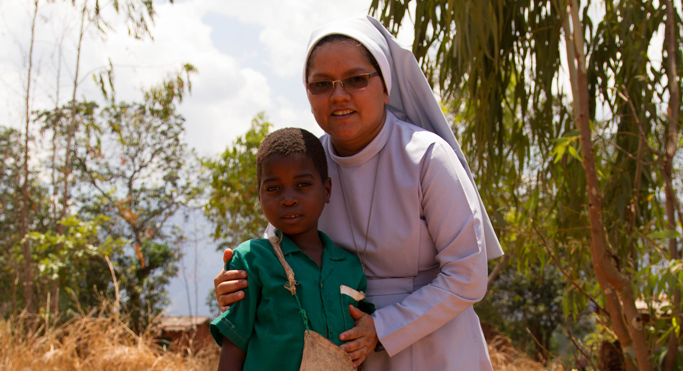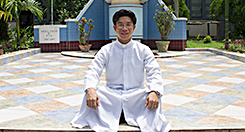Most mainstream media outlets aren’t reporting on the devastating conflict in Cameroon. Here’s a brief breakdown on how the crisis has developed and what needs to happen to put things right.
Cameroon is divided into 10 regions. Eight of these regions have French as their national language, and two have English. The central government of Cameroon is located in the Francophone part of the country.
Tensions between the Anglophone regions and the rest of Cameroon have been growing. For years, there have been complaints about the marginalisation of Anglophone areas. Matters came to a head in 2016 when citizens protested about the increased number of French-speaking teachers and judges being sent to their areas.
Dialogue not violence
Fed up with government oppression, small pockets of English-speaking dissidents began to spring up in townships and villages in the rural areas.
This disorganised protest encouraged the military forces to respond in disproportionate and inhumane ways.
Terrorising communities, burning villages and murdering the vulnerable and innocent. And things were getting worse. The former colonial superpowers refused to intervene. This led to a sense of hurt, betrayal and anguish for the Anglophones. And French-speakers felt a sense of righteousness and encouragement.
Respect and justice
A spokesperson for the UN High Commissioner for Human Rights, Ravina Shamdasani has said that dialogue is the best solution going forward.
‘We call on armed secessionists groups to refrain from the use of violence. We urge the Government to respect and protect the rights of all, to address the long-standing grievances of the communities in these regions, including through dialogue, to promptly investigate all cases of violations reportedly involving its security and defence forces, and to hold perpetrators responsible.’
Please help us support people who have lost everything in the conflict. Donate whatever you can>>






